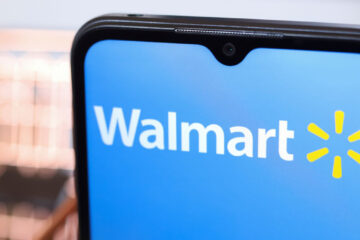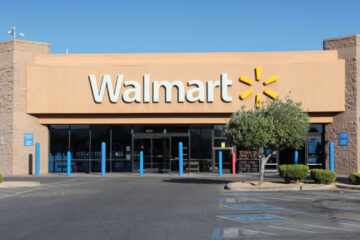A cruise ship has to deal with thousands of people — around 10,000 on the largest cruise ships — and all of the things associated with that. People need to eat, drink, take showers, and use the bathroom. Handling those issues on land is relatively easy because there’s a built-in infrastructure.
At sea, there are no water lines and sewage systems to hook up to. Ships must handle all of those issues themselves, and they must do so without harming the oceans.
Related: Royal Caribbean singer shares what she does on her day off
Cruise lines may not have always been fully environmentally conscious, but that has certainly changed. The entire industry has been working toward sustainability and cruising without doing any damage to the planet.
Royal Caribbean has been working to make its new ships environmentally friendly and has made clear improvements. The cruise line also recently shared a video that shows how its ships always have clean drinking water as well as water for showers, pools, cooking, and other needs.
That may be an area passengers never think about, but it’s one where the cruise line has done such a good job that cruisers don’t need to consider it.
Sign up for the Come Cruise With Me newsletter to save money on your next (or your first) cruise.
Here’s where Royal Caribbean cruise ship water comes from
Transcript:
Water is a key part of a cruise vacation. From the seas we sail, to relaxing poolside, and even enjoying a refreshing cocktail. But have you ever wondered how there’s always enough water for everyone on board?
Let’s dive into a ship’s inner workings to see how these state-of-the-art systems create, conserve, and treat every drop of water during your vacation.
It may seem impossible, but more than 90% of our water is created on board by turning seawater into freshwater through reverse osmosis or evaporation. Reverse osmosis pushes saltwater through membranes to remove salt and contaminants, while steam evaporation uses heat from the ship’s engines to boil seawater, leaving the salt as a byproduct. In both cases, the newly fresh water is mineralized for flavor before being distributed across the ship per public health guidelines.
This process ensures we always have fresh water while not impacting a destination’s natural resources. Conservation efforts continue in how we move water around. By using aeration to create pressure, rather than forcing water out at high volumes, we use considerably less water, allowing our guests to shower comfortably while saving water.
How Royal Caribbean ‘repurposes’ water
Another way of conserving water is by repurposing it. For example, we collect condensation from our air conditioning units and reuse it to wash laundry. And, on our private island destination, Perfect Day at CocoCay, we have a water specialist that oversees Thrill Water Park and the island’s irrigation system that repurposes treated wastewater to water the island’s landscaping.
And when it comes to wastewater treatment, we always go above and beyond compliance. In fact, our Advanced Wastewater Purification System treats our water to standards twice as strict as many local municipalities.
ALSO READ: Top travel agents share how to get the best price on your cruise
This system, like most land-based facilities, uses bioreactors, UV light, and dissolved air to thoroughly remove any contaminants, so our water can be safely returned to the ocean without impacting the ecosystem.
Water is key to a healthy, thriving world, and we are playing our part to ensure every drop is used responsibly. It’s part of our commitment to see the future by working to sustain our planet, energize our communities, and accelerate innovation.
Are you taking a cruise or thinking about taking one? Visit our Come Cruise With Me website to have all your questions answered.


